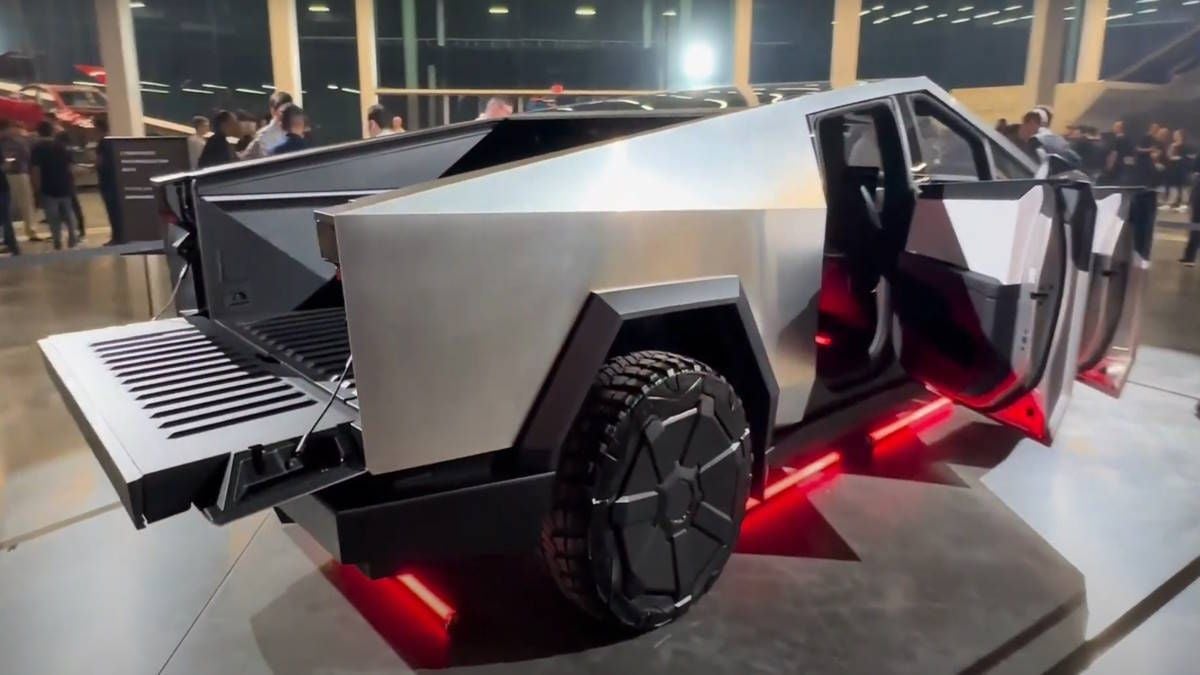In this article, I will delve into the world of EV charging and address the claims of Tesla Cybertruck's 800-volt charging architecture and counterclaims made by enthusiasts and experts.
Fact or Fiction: The Tesla Supercharging Network
Pat Jones, a Tesla enthusiast, shares his firsthand experience under Teslarati's article (referenced above), praising Tesla's charging network as the fastest and largest worldwide. Their claims of quick pit stops during long trips raise eyebrows, with the promise of even faster V4 superchargers on the horizon. But is this really achievable?
Understanding the 800V Architecture
Alex, another Tesla aficionado, provides a different perspective. He points out that some tests have shown 350kW peak charging on CCS stations, a feat no Tesla currently accomplishes. The primary discussion revolves around whether 800-volt architecture is the magic bullet for achieving these charging speeds or if it's just speculative talk.
The Reality of 800V Architecture
Let's dive into the facts. Tesla's potential adoption of an 800-volt architecture for the Cybertruck and Tesla Semi is indeed a possibility. This architecture could enhance charging speed and overall performance. However, as Alex mentions, the debate about whether it's the sole driver of 350kW charging is more complex. It's essential to understand that achieving these charging speeds isn't solely about voltage; it involves the entire battery system's design, including thermal management, safety, and battery longevity.
Debunking the Supercharger Myths
Pat's optimism about faster charging times with V4 superchargers is exciting, but it's important to clarify that while the charging network's expansion is ongoing, reaching 3-5 minute charge times might be a stretch. The bottleneck in charging speed often lies within the battery cells themselves, and pushing them harder might compromise their lifespan.
In conclusion, Tesla's 800V architecture holds promise for faster charging times and improved margins, but it's not a magic wand. Achieving 350kW charging speeds involves a holistic approach to EV design, and the Supercharger network's future might be a bit more gradual than some enthusiasts hope.
So, as Tesla continues to push the boundaries of EV technology, we'll keep a close eye on developments, recognizing that the road to even faster charging is paved with both innovation and challenges.
Armen Hareyan is the founder and the Editor in Chief of Torque News. He founded TorqueNews.com in 2010, which since then has been publishing expert news and analysis about the automotive industry. He can be reached at Torque News Twitter, Facebok, Linkedin and Youtube. He has more than a decade of expertise in the automotive industry with special interest in Tesla and electric vehicles.





